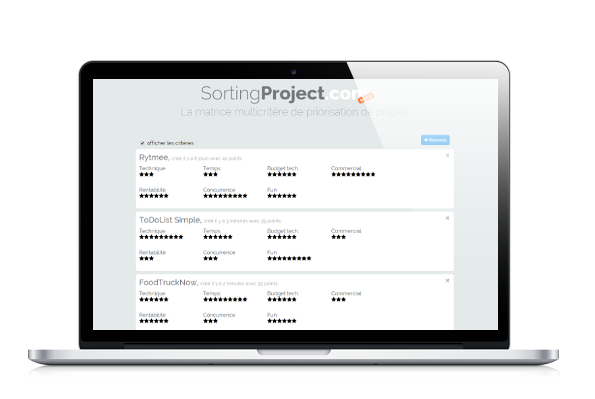Here’s a simple solution to install basic authentication system with AngularJs.
This is a subject that is not much developed. Probably because of the different authentication methods and functional needs.
For me I needed:
– Authentication Required
– To authenticate the user on my RESTful API
– Not to send the user name and password to each request
– Not to make cross-domain
– To have a persistent connection (F5 or close browser window)
– To block access to the application if the authentication server is lost
Laravel configuration
route.php
// Route with basic authentification and custom method
Route::group(
[ 'before' => 'auth.basicCustom' ], function () {
// User authenticate with sesssion
Route::post('authenticate', function(){
echo 'ok';
});
}
);
// Logout current user
Route::get('/logout', function(){
Auth::logout();
});
// Check state of current user authentification
Route::get('/guest', function(){
if(Auth::guest()){
throw new \Symfony\Component\HttpKernel\Exception\UnauthorizedHttpException('x-Basic')
}else{
echo 'ok';
}
});
filters.php
Route::filter(
'auth.basicCustom', function () {
$credentials = [ 'email' => Request::getUser(), 'password' => Request::getPassword() ];
if (!Auth::check()) {
if (!Auth::once($credentials)) {
throw new \Symfony\Component\HttpKernel\Exception\UnauthorizedHttpException('x-Basic');
}
}
}
);
Configuration AngularJs
app.js
angular.module('App', [
'LocalStorageModule',
'authServices'
])
.config(['$httpProvider' ,
function ($httpProvider) {
/* -- Add your routes or states -- */
// Authentification provider
$httpProvider.interceptors.push('authInterceptor');
}]);
authInterceptor.js
'use strict';
/**
* Authentification Services
*/
angular.module('authServices', [])
/**
* Add callback after/befor http request
*/
.factory('authInterceptor', ['$rootScope', '$q', '$window', 'localStorageService',
function ($rootScope, $q, $window, localStorageService) {
return {
/**
* Before request
* @param config
* @returns {*}
*/
request: function (config) {
config.headers = config.headers || {};
return config;
},
/**
* After success request
* @param response
* @returns {*|Promise}
*/
response: function (response) {
return response || $q.when(response);
},
/**
* After error request
* @param rejection
* @returns {Promise}
*/
responseError: function (rejection) {
localStorageService.add('authenticate', false);
$rootScope.authenticate = false;
return $q.reject(rejection);
}
};
}]);
userController.js
angular.module('App')
.controller('UserCtrl', ['$rootScope', '$scope', '$http', '$window', 'localStorageService',
function ($rootScope, $scope, $http, $window, localStorageService) {
$scope.submit = function () {
$http
.post('/api/authenticate', {}, {
// Forcage du type d'authentification
headers: {
Authorization : 'Basic ' + btoa($scope.user.username + ":" + $scope.user.password)
}
})
.success(function (data, status, headers, config) {
localStorageService.add('authenticate', true);
$rootScope.authenticate = true;
// Suppression des informations utilisation pour ne pas les garder en claire dans le scope
delete $scope.user;
})
.error(function (data, status, headers, config) {
localStorageService.add('authenticate', false);
$rootScope.authenticate = false;
});
};
}]);
directives.js
'use strict';
angular.module('App')
.directive('ngLogin', function () {
return {
restrict: 'E',
templateUrl: 'partials/login.html'
};
});
login.html
<div id="login-wrapper">
<table>
<tbody>
<tr>
<td>
<form id="login-form" role="form">
<div class="form-group"><a id="login-logo" href="#/"><img alt="Chilican" src="/images/logo.png" /></a></div>
<div class="form-group">
<label for="userEmail">Adresse email</label>
<input class="form-control" id="userEmail" type="email" name="user" placeholder="ex : email@domain.com" />
</div>
<div class="form-group">
<label for="userPassword">Mot de passe</label>
<input class="form-control" id="userPassword" type="password" name="pass" />
</div>
<button class="btn btn-default" type="submit">Se connecter</button></form>
</td>
</tr>
</tbody>
</table>
</div>
sources :

